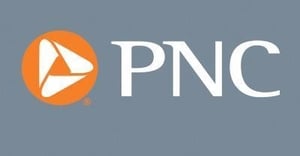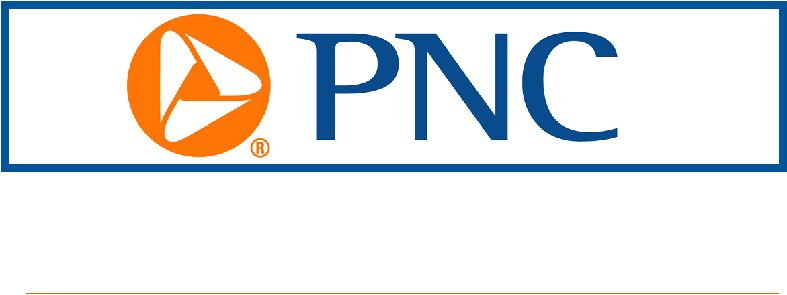
Core CPI Up by 0.2% for the Month; 4.0% Versus Last Year
- Topline CPI grew at a 0.0% pace in October 2023 versus September
- Core CPI, less Food & Energy, gained 0.2% in October 2023, undershooting expectations
- Energy inflation gave back a large chunk of summer gains in response to newly sustained lower oil prices
- Housing inflation eased in October 2023, gaining 0.3% - its slowest monthly pace since May
A sharp decline in Energy prices for October 2023 helped Topline CPI growth fall from August & September’s abrupt spikes upward. Although the Fed determines monetary policy based upon Core inflation results (their preferred measure is the Core Personal Consumption Expenditures (PCE) Deflator), households are unable to gloss over the cost of gasoline and utilities. The 5.0% monthly decline in gasoline prices provides some breathing room for household budgets that remain squeezed by depleted savings, ongoing inflation in necessities, and rapidly mounting credit card debt. But gasoline prices remain 8.5% higher than their 2023 lows reached in May, according to the Gasoline sub-index of the CPI report.
Housing price pressures weakened in October 2023, posting a monthly gain of 0.3% versus +0.6% in September. This is the first significant slowdown since March (+0.3% vs. +0.5%). Energy costs are a component of the Housing component index, however, given that utilities are part of a homeowner’s budgeting equation. Therefore, the “sticky” Housing price pressures that have plagued overall inflation trends are not likely finished and could resume recent months’ stronger gains once the June through August oil price bump completes its cycle through the broader economy.
Inflation in Recreation categories of consumer spending weakened in October 2023 to a +0.1% monthly gain, down from a +0.4% spike in September. Recreation prices are now 3.2% above year-ago levels, which is the slowest pace for this integral category of consumer spending since November 2021. Recreation price pressures are telling of the potential for slower inflation in the coming months since they represent discretionary spending among consumers. As long as U.S. households continue to spend, that demand will prevent inflationary fires from being doused. Thus, the October slowdown in Recreation price growth offers hope that demand-side drivers of inflation will fall in line with the economic realities of households bumping up against their spending limits.
The Fed’s goal in raising interest rates is to quell consumer demand through a resulting higher cost of borrowing, such as credit card and auto loan rates, while simultaneously incentivizing saving income – i.e., earning higher interest – rather than spending it. With credit card debt still growing at the fastest sustained pace since the late 1990s and the aggregate savings rate in the U.S. at a dismal 3.4% in September, the Fed has clearly not yet achieved their goal of slowing down the U.S. consumer. The Fed was most aggressive with interest rate hikes from June through November of last year (2022). If the conventionally assumed 12-to-18 month lag before interest rates impact the U.S. economy holds, a slowdown in consumer spending should be on the doorstep and inflation will be quick to follow. PNC does not expect the Fed to raise rates again during the current monetary policy tightening cycle, allowing past rate hikes and continued hawkish rhetoric to do the heavy lifting toward reaching its goal of a sustained average pace of 2.0% inflation.
The PNC Financial Services Group, Inc. is one of the largest diversified financial services institutions in the United States, organized around its customers and communities for strong relationships and local delivery of retail and business banking including a full range of lending products; specialized services for corporations and government entities, including corporate banking, real estate finance, and asset-based lending; wealth management and asset management. For information about PNC, visit www.pnc.com.














